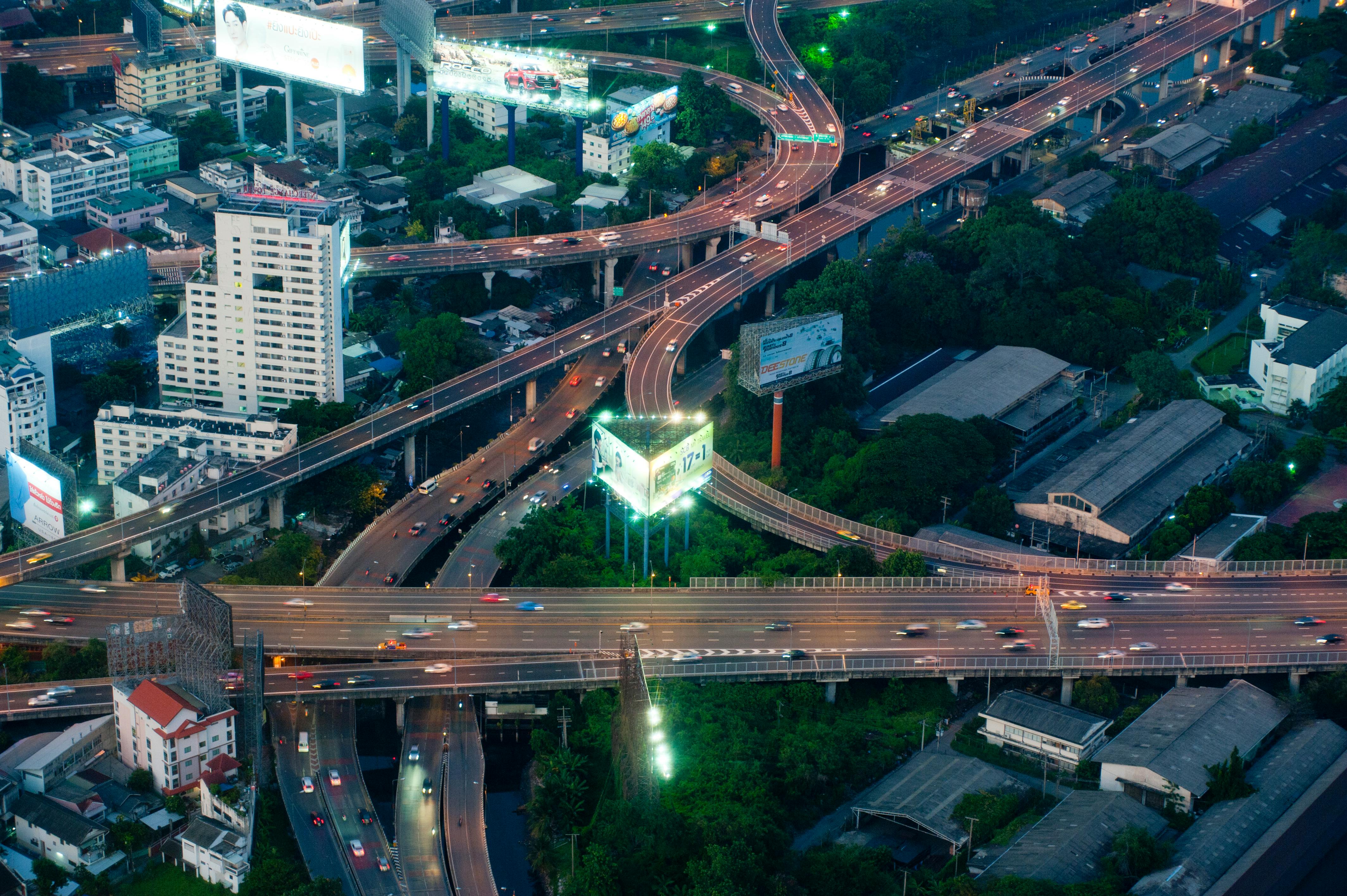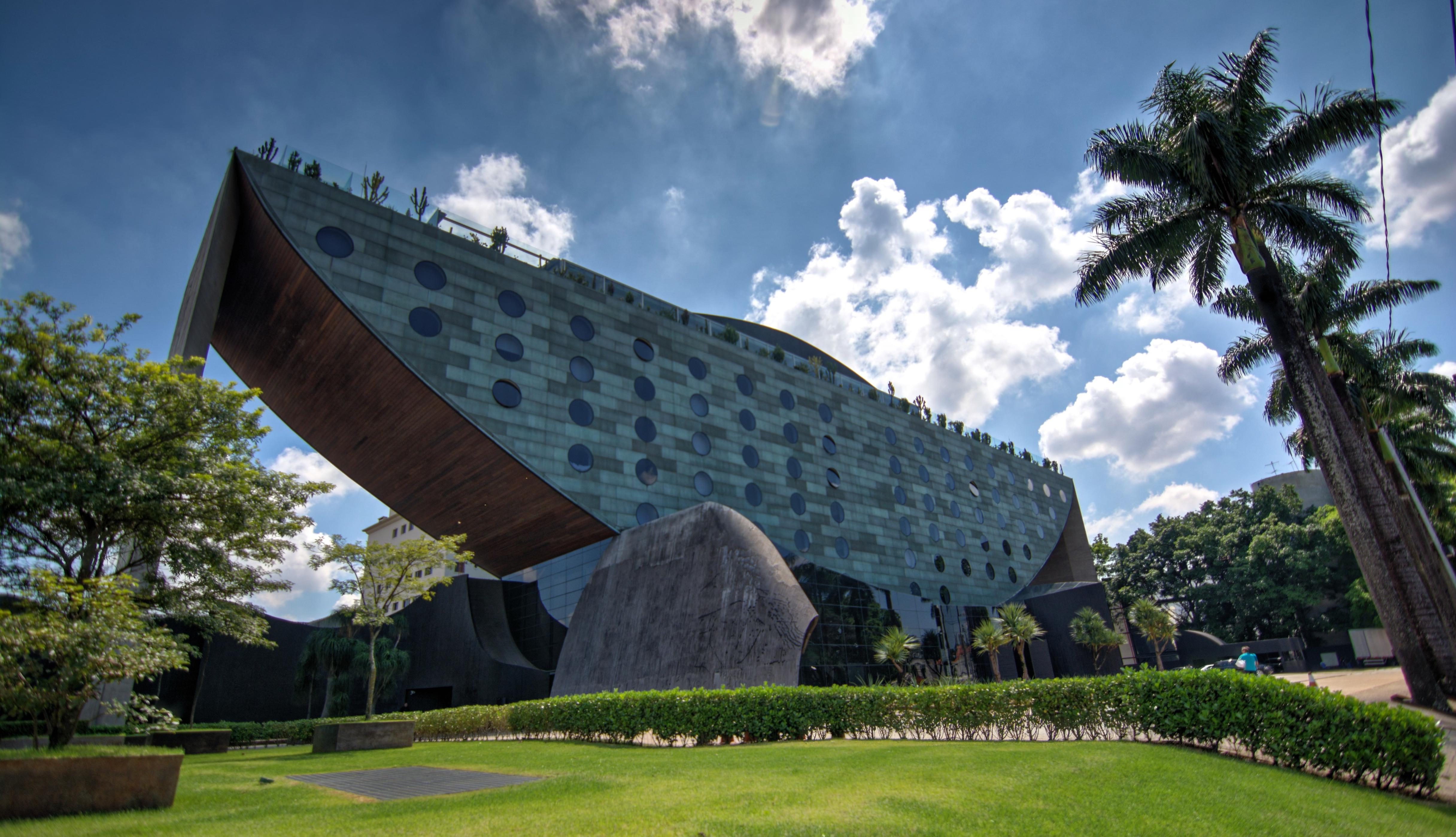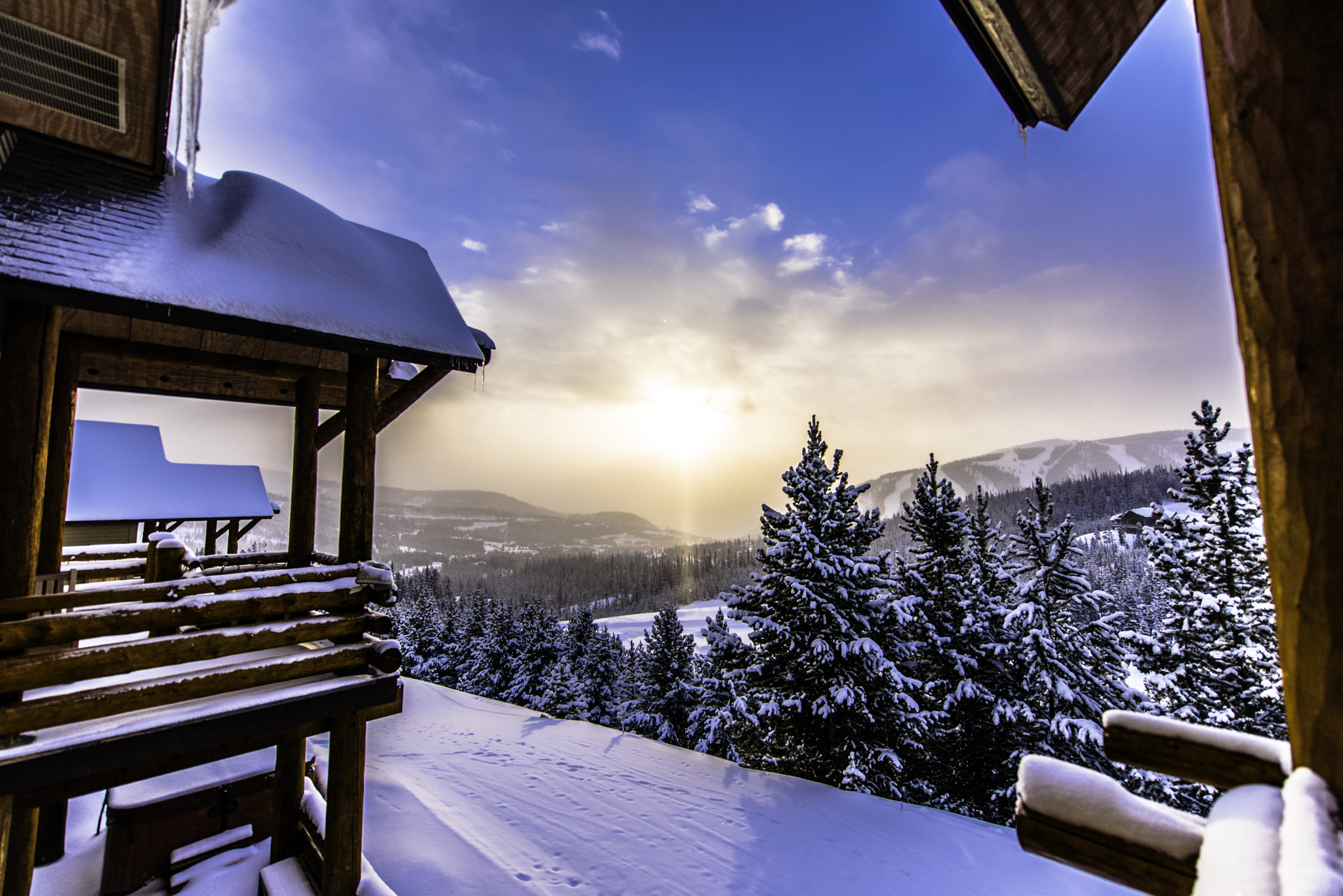Hidden Costs Uncovered: The Countries Now Charging Tourists Extra
Traveling the world is a dream for many, offering the allure of new cultures, cuisines, and landscapes. However, this dream often comes with unforeseen costs that catch even the most seasoned travelers off guard. From hidden fees to inflated tourist prices, the true expense of a trip can far exceed initial expectations. This article delves into 11 countries where tourists often find themselves paying more than they bargained for, exploring the unique factors that contribute to these extra expenses. By understanding these hidden costs, travelers can better prepare and budget for their adventures, ensuring a more enjoyable and financially savvy journey.
1. Japan: The Land of Convenience and Costly Surprises
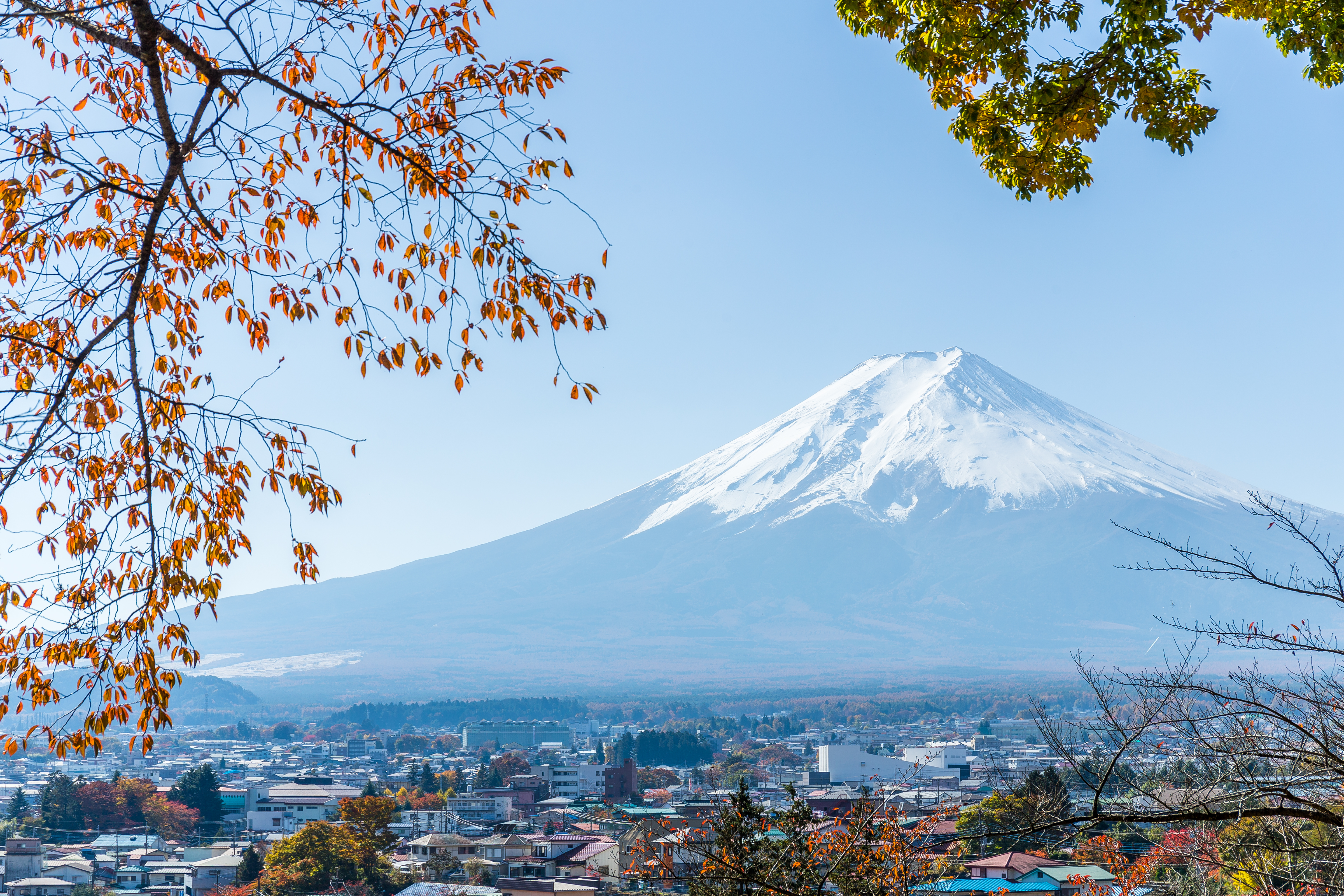
Japan is renowned for its technological advancements and cultural richness, but it also harbors some unexpected expenses. While the country offers an unparalleled public transportation system, tourists often find themselves paying hefty prices for convenience. From expensive train passes to high entrance fees for temples and attractions, the costs can quickly add up. Additionally, Japan's dining scene, though exquisite, can be pricey, especially in major cities like Tokyo and Kyoto. Tourists should also be wary of the high cost of accommodations, particularly during peak travel seasons when prices can skyrocket.
2. Switzerland: A Pricey Paradise
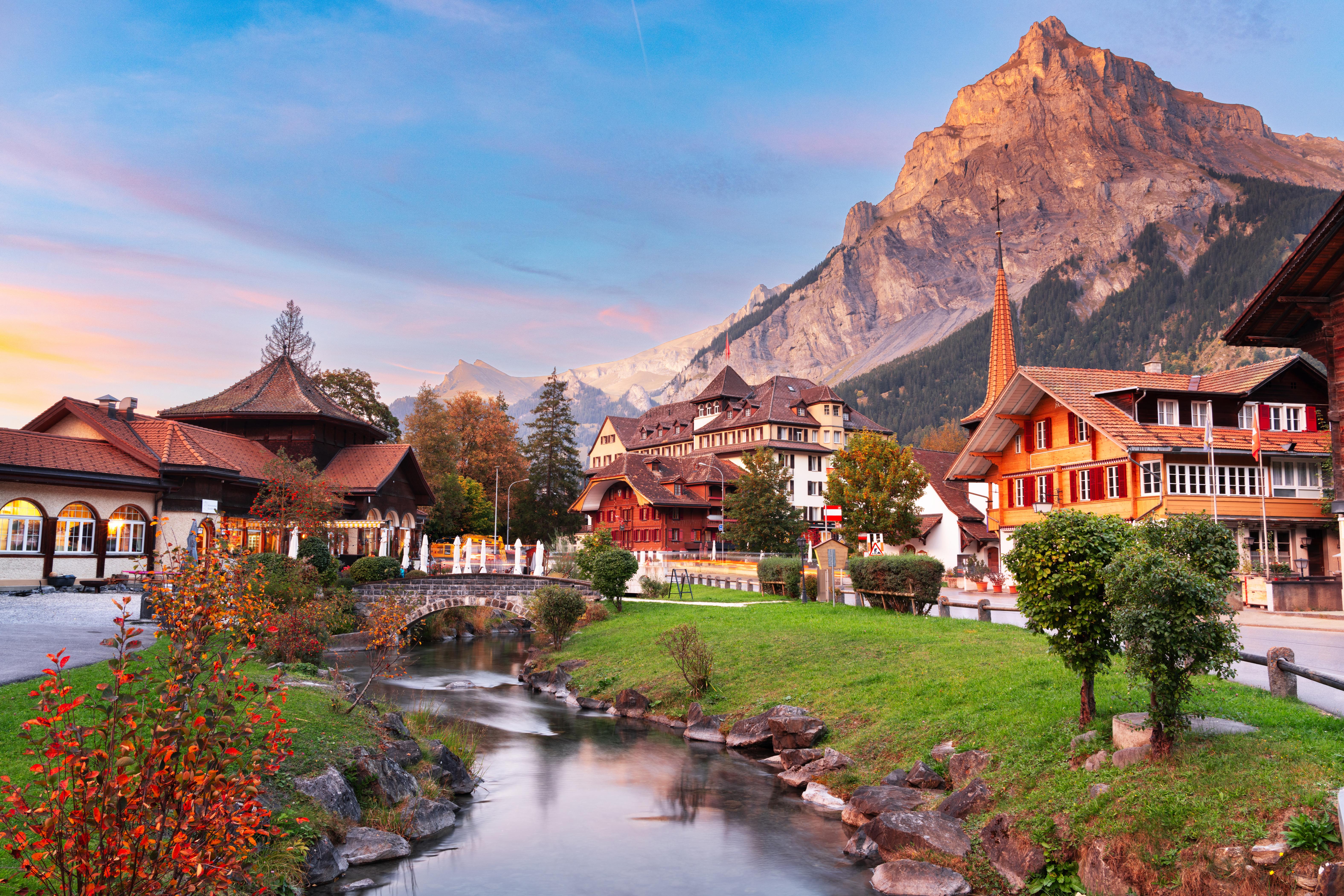
Switzerland is synonymous with stunning landscapes and luxury, but it comes at a steep price. Known for being one of the most expensive countries in the world, tourists often face sticker shock when it comes to everyday expenses. The cost of dining out is notably high, with even casual meals costing a small fortune. Public transportation, although efficient, is also expensive, and accommodations can be prohibitively costly. Moreover, Switzerland's renowned chocolate and watch industries entice tourists to splurge, further adding to the financial burden. Visitors should budget carefully to fully enjoy this breathtaking country.
3. Iceland: Nature's Price Tag

Iceland's dramatic landscapes draw tourists from around the globe, but the cost of experiencing this natural wonder is significant. The island nation is notorious for its high prices, driven by its remote location and reliance on imports. Food and drink are particularly expensive, and dining out can quickly drain a traveler's budget. Car rentals, essential for exploring the country's vast terrains, come with high costs, as does fuel. Additionally, popular attractions like the Blue Lagoon charge steep entrance fees. Travelers should plan their itineraries and expenses meticulously to avoid financial surprises.
4. Norway: The Cost of Nordic Beauty

Norway's fjords and northern lights are bucket-list items for many, yet the cost of visiting can be daunting. As one of the world's wealthiest countries, Norway has a high cost of living, which extends to tourists. Dining and drinking out are particularly expensive, with alcohol prices among the highest globally due to heavy taxation. Accommodations, especially in cities like Oslo and Bergen, are costly, and transportation, though reliable, is not cheap. Tourists are advised to explore budget-friendly options, such as grocery shopping and staying in hostels, to manage expenses effectively.
5. Australia: The Price of Adventure
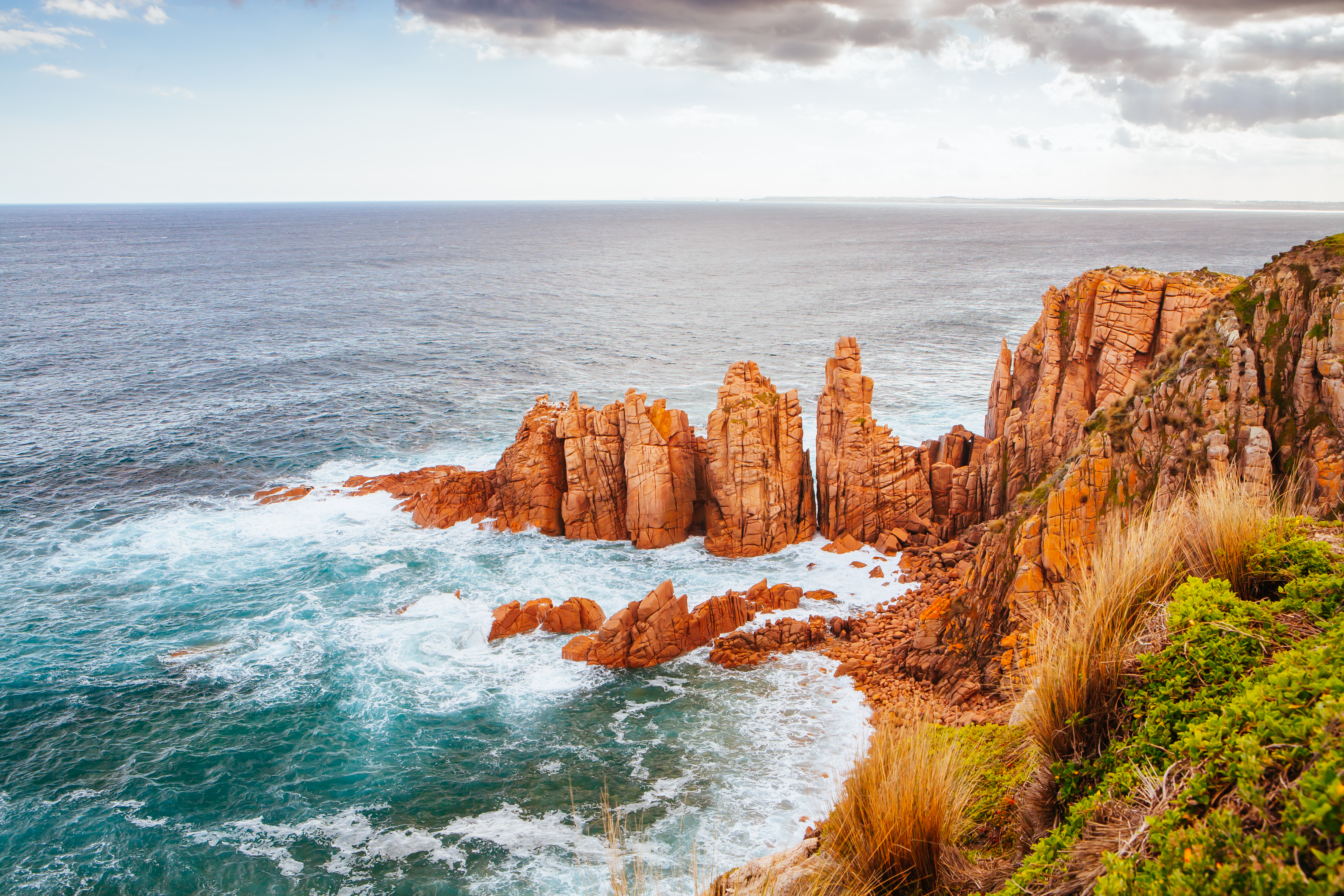
Australia offers diverse experiences, from the Great Barrier Reef to the Outback, but these adventures come with a hefty price tag. The cost of domestic flights, essential for covering the vast distances between attractions, can be significant. Additionally, dining and accommodation prices in major cities like Sydney and Melbourne are high. Tourists should also be aware of the cost of activities, such as diving excursions and guided tours, which can quickly add up. By planning ahead and seeking out deals, travelers can enjoy Australia's wonders without breaking the bank.
6. Denmark: The Expense of Hygge
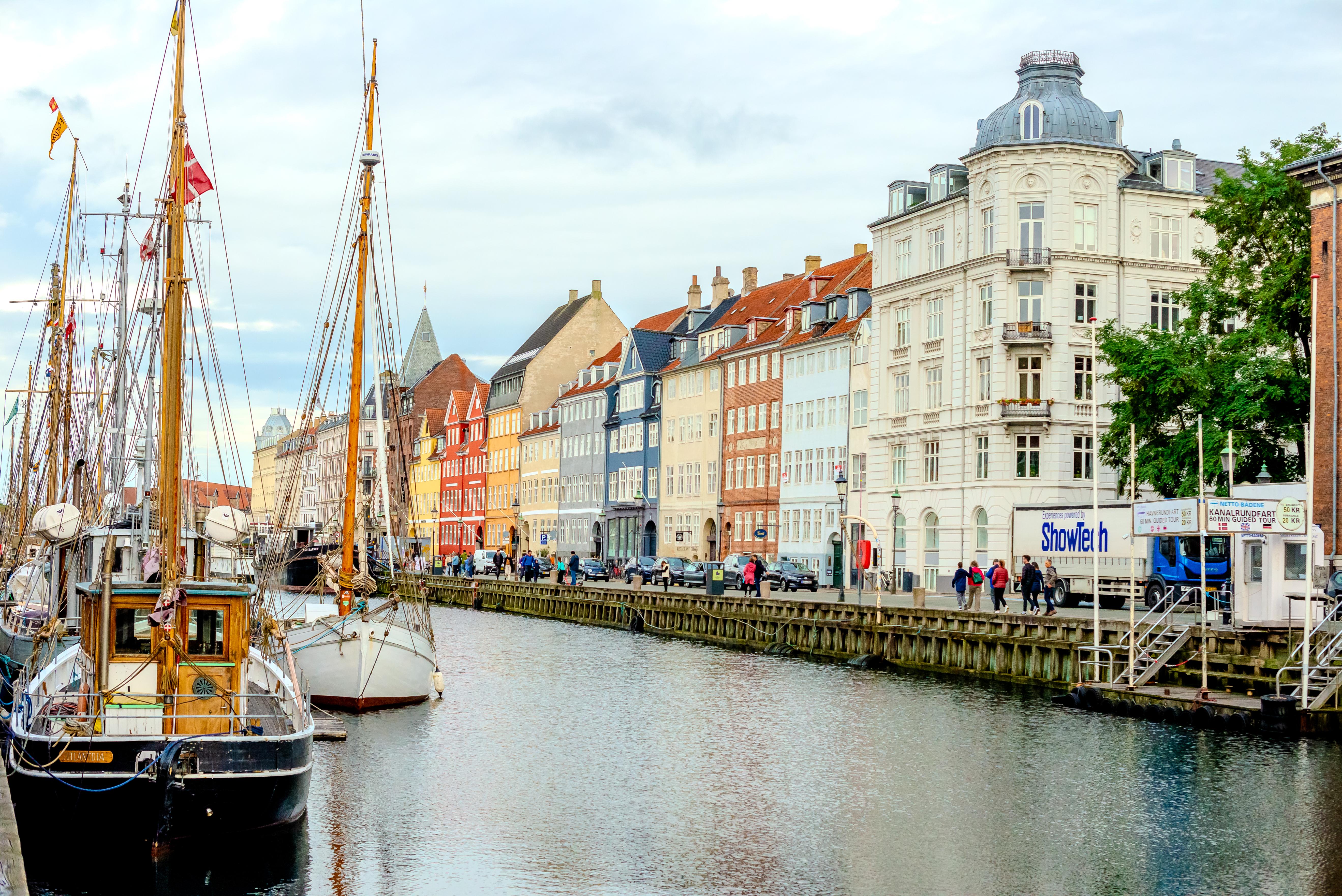
Denmark consistently ranks as one of the happiest countries, but achieving that sense of 'hygge' can be costly for tourists. The cost of living is high, reflected in the prices of dining and accommodations. Copenhagen, in particular, is known for its expensive restaurants and cafes. Transportation costs, although reasonable, can add up, especially for those planning to explore beyond the capital. However, Denmark offers numerous free attractions, such as parks and museums, which can help balance the budget. Travelers should prioritize these experiences to enjoy the country's charm without overspending.
7. Singapore: The Price of Modernity
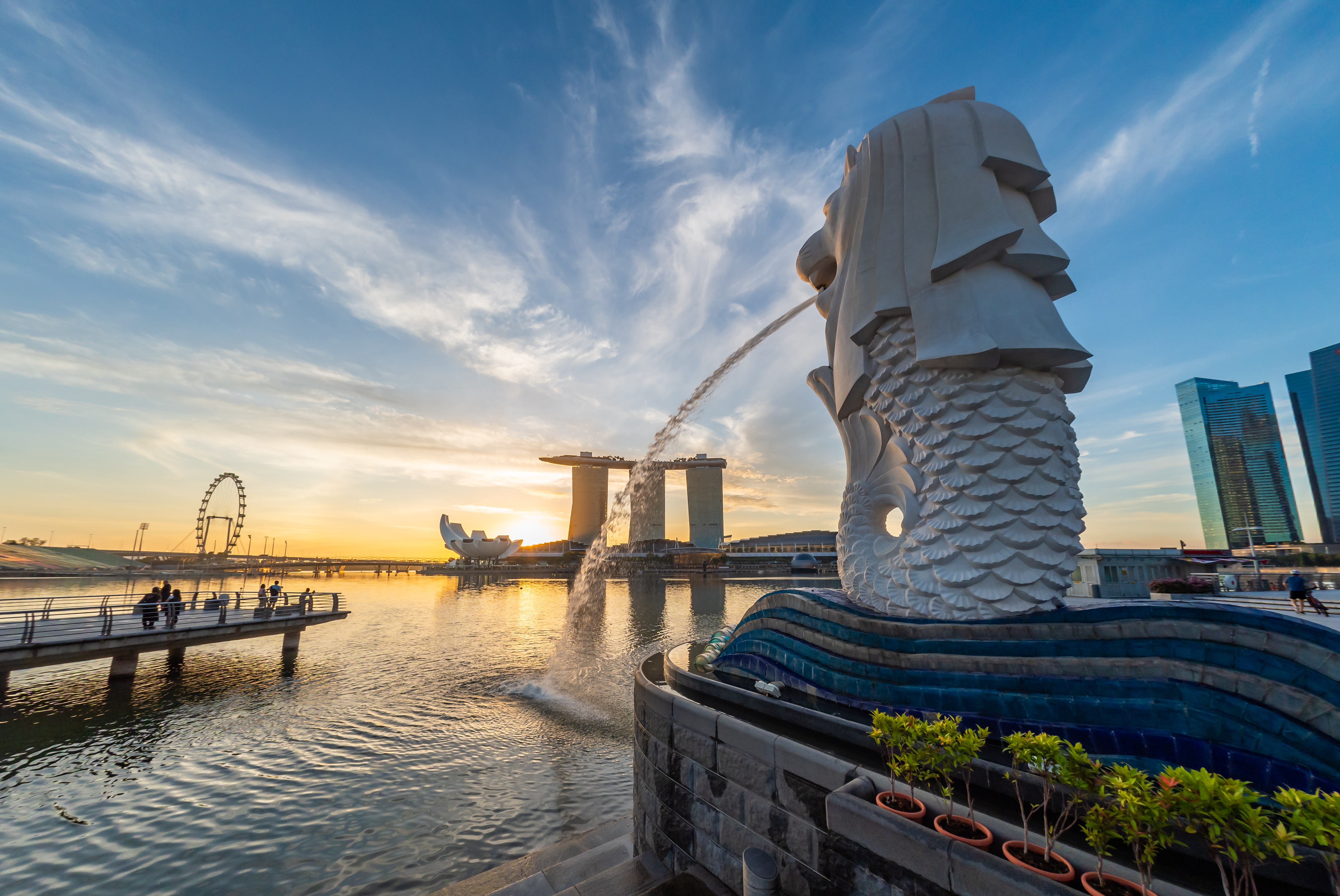
Singapore is a city-state that seamlessly blends tradition with modernity, but this sophistication comes at a price. Known for its luxury shopping and fine dining, tourists often find themselves spending more than anticipated. Accommodation costs are high, particularly in the city center, and dining out, especially at renowned establishments, can be expensive. However, Singapore offers a range of affordable public transportation options and street food, which can help mitigate costs. By balancing high-end experiences with budget-friendly alternatives, tourists can enjoy the city's vibrant culture without financial strain.
8. Italy: The Cost of La Dolce Vita
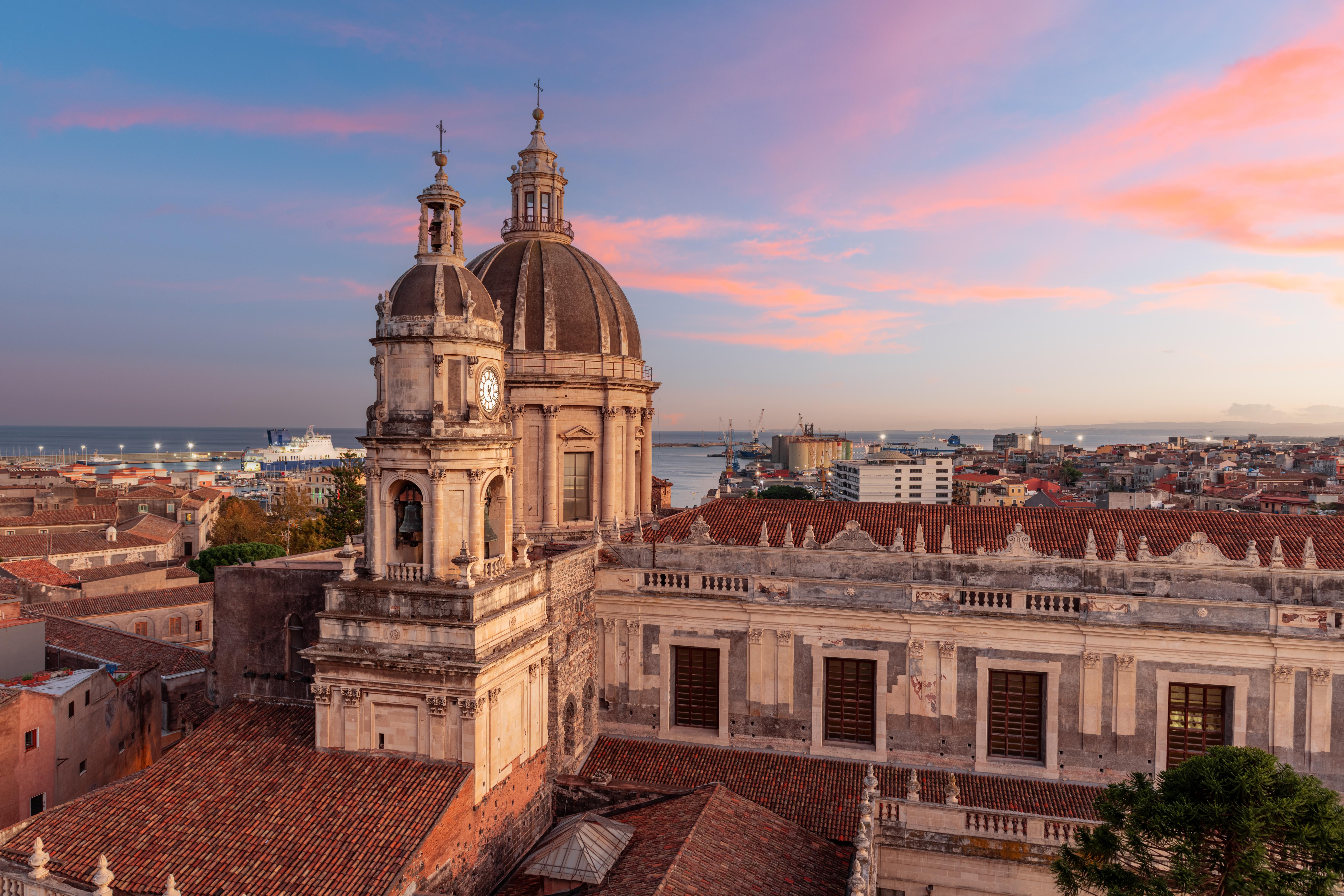
Italy's rich history and culinary delights make it a top destination, but indulging in 'la dolce vita' can be expensive. Tourist hotspots like Rome, Venice, and Florence often see inflated prices, particularly for accommodations and dining. Hidden fees, such as cover charges at restaurants and entrance fees to popular attractions, can catch tourists off guard. Additionally, transportation between cities can be costly, especially during peak travel seasons. To manage expenses, travelers should consider visiting lesser-known regions and exploring local markets for authentic, budget-friendly experiences.
9. France: The Price of Romance
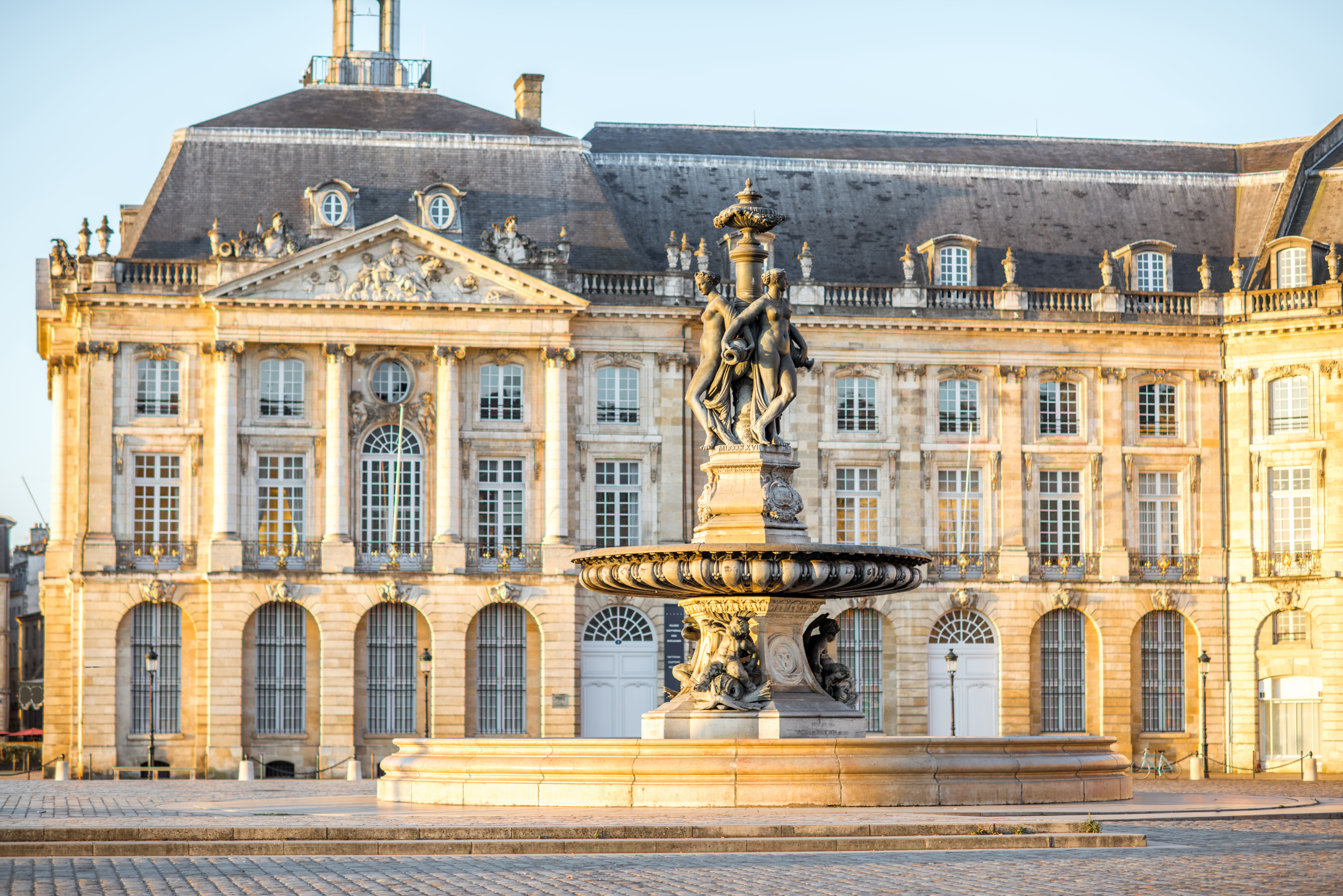
France, with its iconic landmarks and romantic allure, draws millions of tourists, but the cost of experiencing its charm can be high. Paris, in particular, is known for its expensive accommodations and dining options. Tourists should also be aware of the cost of entrance fees to museums and attractions, which can quickly add up. Transportation within the city, though efficient, can be costly for those not familiar with the system. To enjoy France without overspending, travelers should seek out free attractions and consider staying in less touristy areas.
10. United Kingdom: The Expense of Tradition
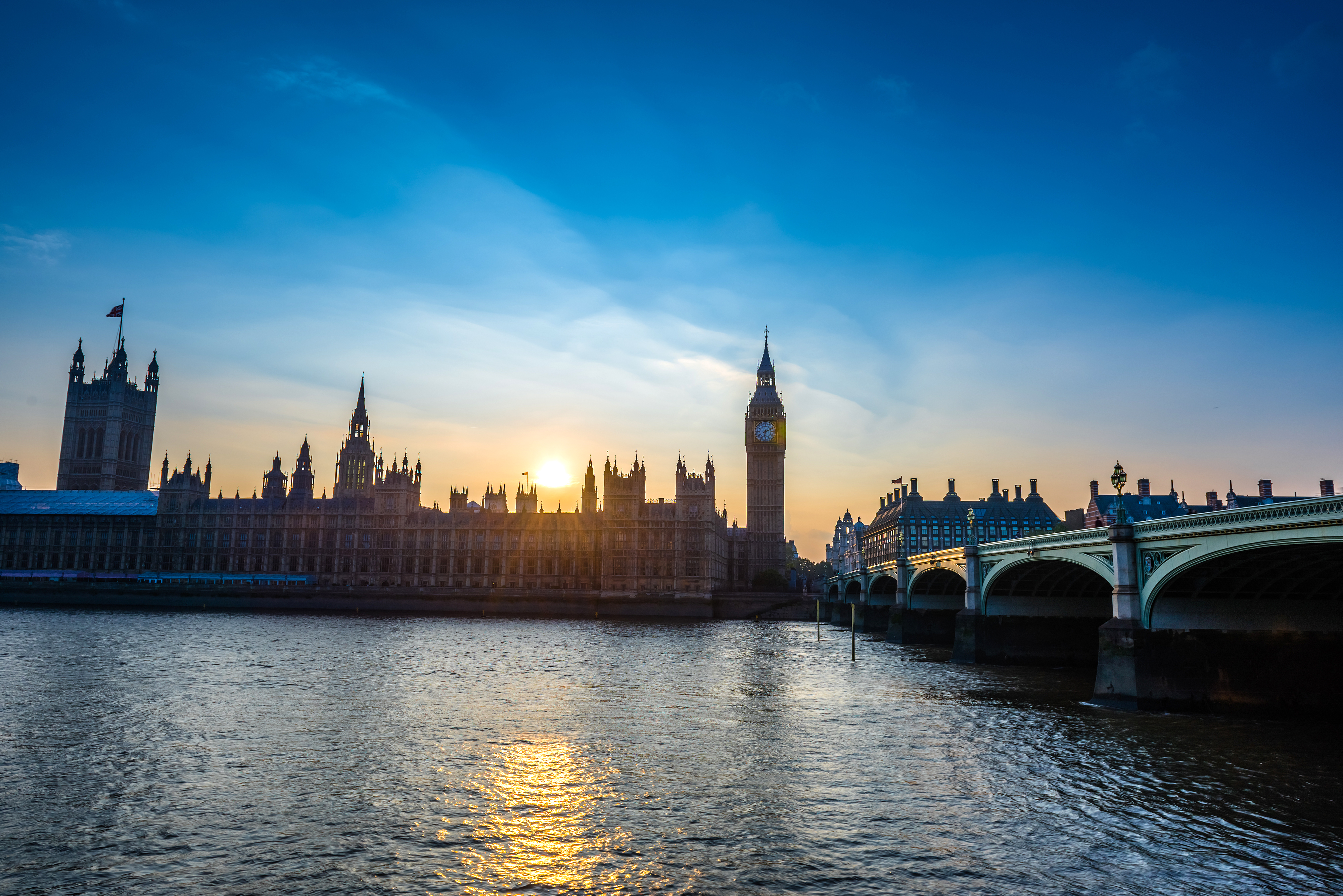
The United Kingdom offers a wealth of history and culture, but this comes with a significant price tag. London, in particular, is notorious for its high cost of living, reflected in accommodation and dining prices. Tourists should also be prepared for the cost of entrance fees to popular attractions, such as the Tower of London and Buckingham Palace. Public transportation, while comprehensive, can be expensive, especially for those traveling outside the city. To manage expenses, visitors should consider purchasing travel passes and exploring free attractions, such as museums and parks.
11. New Zealand: The Cost of Natural Wonders
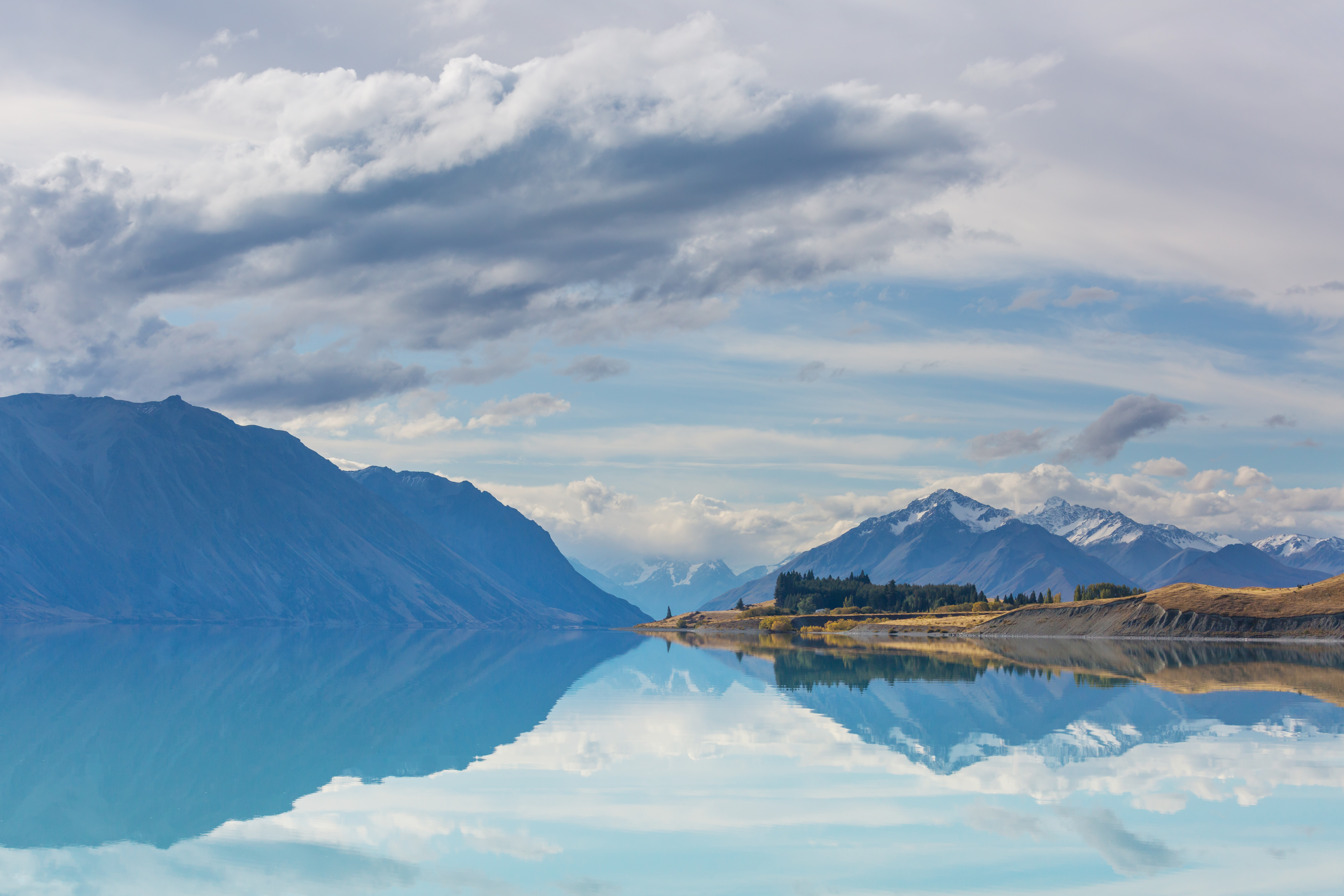
New Zealand's breathtaking landscapes and adventure activities make it a must-visit destination, but these experiences come at a cost. The country's remote location contributes to high prices for flights and imports, impacting the cost of dining and accommodations. Adventure activities, such as bungee jumping and glacier hiking, are popular but can be expensive. Additionally, transportation between the North and South Islands requires careful planning and budgeting. Travelers should seek out package deals and consider self-catering options to enjoy New Zealand's natural beauty without financial stress.
Navigating the Costs of Global Travel
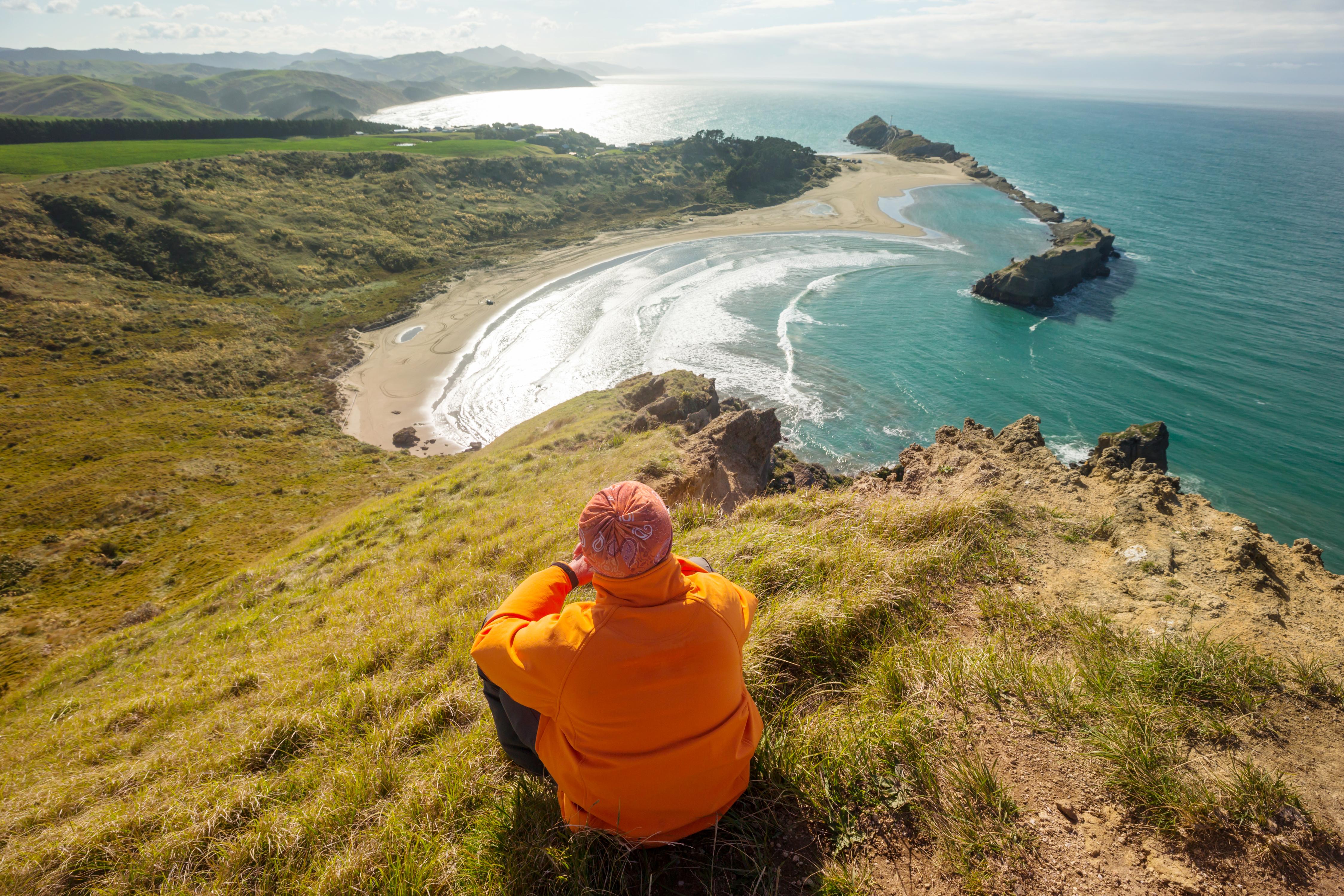
Exploring the world offers unparalleled opportunities for learning and adventure, but it's crucial to be aware of the potential financial pitfalls. By understanding the unique expenses associated with each destination, travelers can better prepare and budget for their trips. Whether it's the high cost of dining in Denmark or the expense of adventure activities in New Zealand, being informed and planning ahead can help mitigate these costs. With careful research and strategic spending, tourists can enjoy the wonders of the world without breaking the bank, ensuring a memorable and financially responsible journey.


